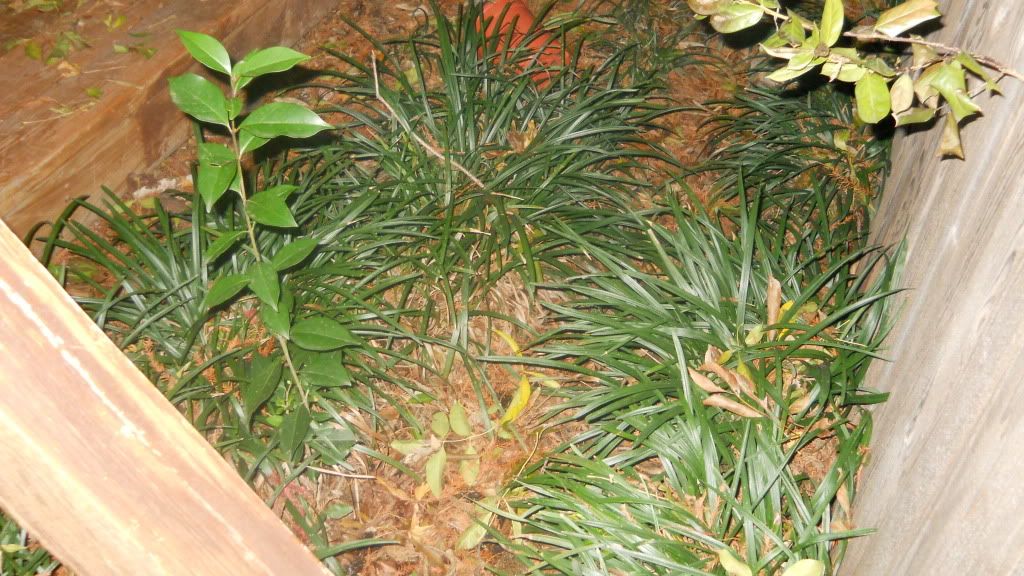Hi there, I have been browsing for a few weeks and decided to finally post an introduction. We have a baby Sulcata named Baggins. He is about a year and a half. He is our first tortoise. In the past we have had everything from Red Tail Boas to Tegus.. We operated a foster home through a local reptile rescue for many years. Then we became parents to human children 11 years ago and have had less time and space to devote to rescue. Our love for our cold blooded friends still endures however. Currently we have two Ball Pythons, a guinea pig and a labrador. Last year we added a newly hatched Sulcata from a local breeder. Technically he belongs to my 11 year old son but we care for our creatures together.
Baggins (or Baggy Pants as he is fondly referred to at times) has been a source of great joy for all of us. He is so much fun to have around. Naturally we anticipated some issues with having such a large reptile in a place like New England. This is partly why we decided on a Sulcata as we had learned that they were more hardy...We plan to do what we need to accommodate his size. For now is quite small. Throughout the spring summer and most of the fall he spent the majority of his time in an outdoor enclosure grazing at will on our unfertilized lawn. Now that it is too cold for that he is inside in a long plastic tub in which I have been growing some grass, clovers etc....but it has been hard to keep up. He levels it very quickly... I have tried to feed him hay with no success. I have tried both Bermuda hay and Timothy hay. I have tried soaking it and have tried smearing pumpkin puree on it. He wants nothing to do with it. I will occasionally toss in a leaf of lettuce like romaine or green leaf. I understand that veggies shouldn't be his diet though. I really want to stick to the grass and weeds as much as possible but could use some pointers for the winter months ahead. If it is growing out of the ground he will eat it...or if I pick it fresh ...but anything dried he balks at. When I toss the lettuce in he comes running like you wouldn't believe. Anyways, I look forward to gleaning as much tort-related wisdom as I can from you folks. Thanks!
Michelle
Baggins (or Baggy Pants as he is fondly referred to at times) has been a source of great joy for all of us. He is so much fun to have around. Naturally we anticipated some issues with having such a large reptile in a place like New England. This is partly why we decided on a Sulcata as we had learned that they were more hardy...We plan to do what we need to accommodate his size. For now is quite small. Throughout the spring summer and most of the fall he spent the majority of his time in an outdoor enclosure grazing at will on our unfertilized lawn. Now that it is too cold for that he is inside in a long plastic tub in which I have been growing some grass, clovers etc....but it has been hard to keep up. He levels it very quickly... I have tried to feed him hay with no success. I have tried both Bermuda hay and Timothy hay. I have tried soaking it and have tried smearing pumpkin puree on it. He wants nothing to do with it. I will occasionally toss in a leaf of lettuce like romaine or green leaf. I understand that veggies shouldn't be his diet though. I really want to stick to the grass and weeds as much as possible but could use some pointers for the winter months ahead. If it is growing out of the ground he will eat it...or if I pick it fresh ...but anything dried he balks at. When I toss the lettuce in he comes running like you wouldn't believe. Anyways, I look forward to gleaning as much tort-related wisdom as I can from you folks. Thanks!
Michelle



